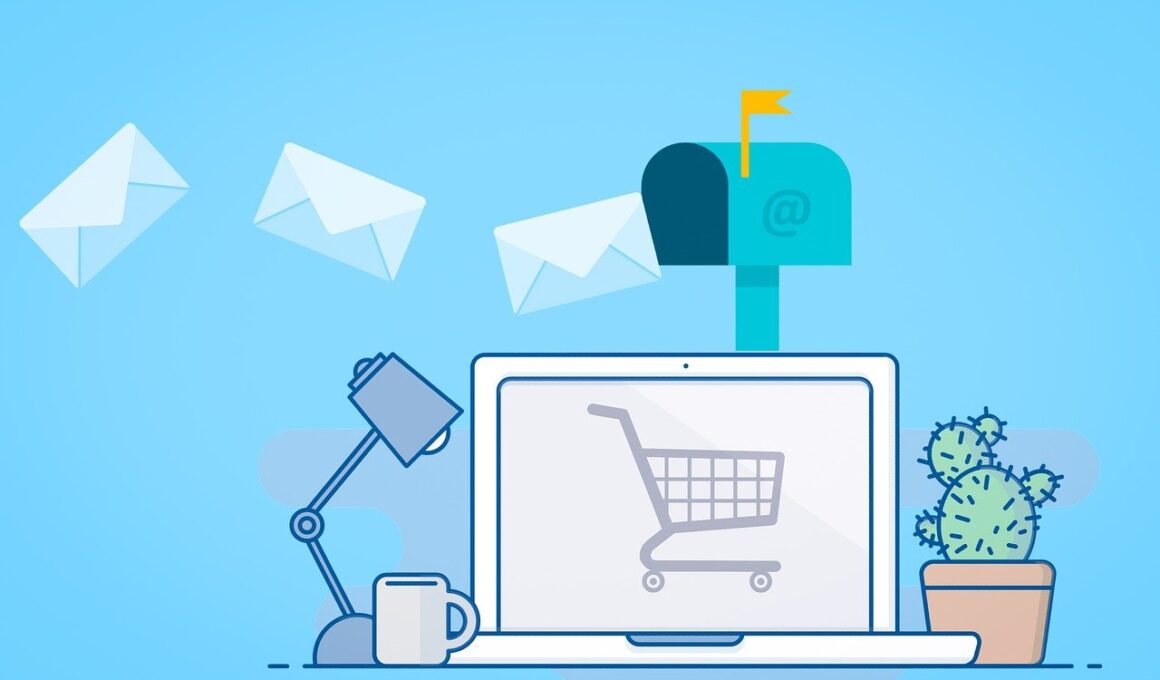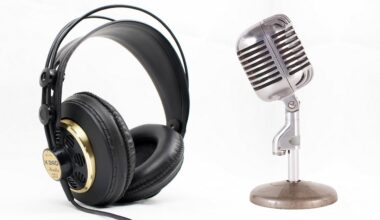Tips for Writing Compelling Headlines for LinkedIn Newsletters
Creating captivating headlines for your LinkedIn newsletter is crucial. A strong headline grabs attention and entices readers to click. First, understand your audience’s needs. Use language that resonates with their interests and concerns. Incorporating keywords relevant to your niche will improve visibility. Using emotional triggers can also be effective. Phrases that provoke curiosity, urgency, or excitement engage the reader’s interest. Consider adding a number or how-to phrase, as these are appealing. For example, “5 Tips for Effective Networking on LinkedIn” stands out in a feed. Additionally, keep it concise. A shorter headline enables quick comprehension, typically under 65 characters. Remember to avoid jargon unless your audience is familiar with it. Using clear and straightforward language is usually best. Punctuation can also make your headlines pop; using colons or dashes organizes your message and can add intrigue. Lastly, don’t hesitate to test different headlines to see what works best. A/B testing can reveal what captivates your audience the most, leading to higher engagement rates. By honing your headline skills, you can significantly impact the success of your newsletter.
Next, it’s important to integrate relevant keywords naturally into your headlines. This practice not only captures the interest of your target audience but also enhances SEO. Research the most popular keywords in your field to understand what your audience is searching for. Tools like Google Keyword Planner or even LinkedIn search can help you find trending keywords. Using such keywords at the beginning of your headlines also increases visibility. Aim for emotional engagement by utilizing action-oriented language. Words that evoke emotions or responses tend to draw more attention. Phrases like “Discover the Secrets” or “Unlock Your Potential” can engage readers effectively. You can also try using alliteration or rhymes to create a catchy, memorable headline. This playful approach makes your content stand out in crowded feeds. Don’t shy away from playing with metaphors or analogies; they can convey complex ideas in a relatable way. Simplicity is key. The best headlines convey value in a concise and inviting manner. Lastly, consider the rhythm and flow of your words, as a smooth reading experience can draw readers in even further.
Understanding Your Audience
To write compelling headlines, dive deep into understanding your audience’s preferences. Knowing your target demographic helps tailor your content. Leverage LinkedIn analytics to gain insights into what types of content resonate with your followers. Monitor which posts have the most engagement to identify trends. Engage with your audience through polls or see the comments to capture specific interests or concerns. This engagement will guide your headline writing, ensuring they speak directly to your audience’s needs. Also, consider the platform’s nature; LinkedIn users often seek professional development and networking opportunities. Thus, focus on benefits that can resonate, such as career advancement or market insights. Reflecting these themes in your headlines can foster greater interest. Additionally, consider the time of day your audience consumes content. Targeting your posts when your audience is most active can significantly impact engagement. Lastly, observe competition. Analyze successful newsletters in your niche to gather ideas and techniques for crafting strong headlines. Such research enhances your ability to create more effective and appealing titles that stand out amid LinkedIn’s bustling environment.
Another essential aspect of writing effective headlines is the use of actionable language. Headlines that prompt readers to take action tend to perform better. Phrasing your headlines as challenges or invites—like “Join Us for Expert Insights” or “What Are You Missing?”—can evoke curiosity and urgency. Additionally, consider the tone of your newsletters. A conversational or slightly informal tone can create a more approachable impression. Combining a personal touch with professionalism may resonate better with your audience. Utilize captivating phrases that offer value; leads could be to special tips, insights, or requested information. Always communicate what the reader can gain, focusing on benefits rather than just content. This approach aligns a personal connection with value delivery. Remember to exemplify expertise; incorporating authoritative sources can boost credibility, making your headline more compelling. Credibility is essential for retaining reader trust. Moreover, avoid vague headlines that offer little clarity; specificity encourages engagement as people know what to expect. Ultimately, clarifying the headline’s purpose ensures readers feel it’s worth their time to dive deeper into your newsletter.
Experimentation and Testing
Experimentation is vital in refining your headline techniques and understanding what works. Try various headline styles and monitor their performance. A/B testing is particularly useful; test two headlines against each other to see which garners more attention. This simple but effective tactic can help you understand your audience’s preferences. Consider testing different formats too, such as questions versus statements. Include a mix of persuasive and straightforward approaches for variety. Tracking decrease or increase in reader engagement can provide useful insights. You may also find different demographics respond more positively to particular phrasing or structures. Maintain records of your tests and results to establish a framework of best practices over time. Adapt your writing based on these findings. Additionally, keep your headlines fresh by revisiting old newsletter topics. Rephrasing them into new headlines can attract renewed interest. It’s a great way to leverage historical content while keeping your audience engaged. Staying dynamic amidst shifting reader interests is key, demonstrating your commitment to providing value throughout your newsletters. Your flexibility will lead to heightened relevance and continued interest.
Another effective technique involves creating a sense of urgency in your headlines. Phrases like “Limited Time Offer” or “Act Now” can ignite immediate responses, prompting readers to click through. Urgency effectively capitalizes on the FOMO (Fear of Missing Out) phenomenon. Crafting headlines that convey urgency increase the odds of immediate engagement. Creating scarcity elements also can enhance perceived value. Sharing insights on rare opportunities or unique information tends to motivate quick action. Psychological triggers play a significant role in engagement levels. Additionally, consider leveraging insider language, which resonates well with professionals on LinkedIn. Using industry-specific terminologies can establish credibility. However, balance is essential; ensure your headlines remain understandable to avoid alienating potential readers. Furthermore, utilizing testimonials or statistics in your headlines enhances credibility as well. For instance, headlines like “85% of Users Prefer This Strategy” displays authority while boosting interest. It provides a solid understanding of why your content holds value. Combining urgency with authority creates a powerful invitation, compelling your audience to explore the content further, as it provides urgency alongside concrete evidence of worth.
Conclusion
Your success in writing captivating LinkedIn newsletter headlines comes from understanding your audience, employing effective techniques, and continually refining your approach. By focusing on engagement strategies, you can grab your reader’s attention, encouraging them to explore the content you’ve crafted. Assessing the power of emotional language, specific benefits, and credible sources helps you develop content that resonates. Also, experimenting with different headline styles using A/B testing will allow you to identify what connects with your audience effectively. Continuous evolution based on audience feedback is crucial. Today’s digital landscape requires adaptability, and reiterating content in ways that cater to shifting preferences is essential. Additionally, learn from industry competitors to adopt successful strategies while developing your unique voice. Create informed, targeted headlines using emotional triggers and urgency to compel immediate action. As you refine your style and remain open to adaptation, the quality of your newsletter and its engagement will continuously improve. Prioritizing value in each headline strengthens connections with your readers and ultimately fosters a loyal audience willing to engage regularly.


